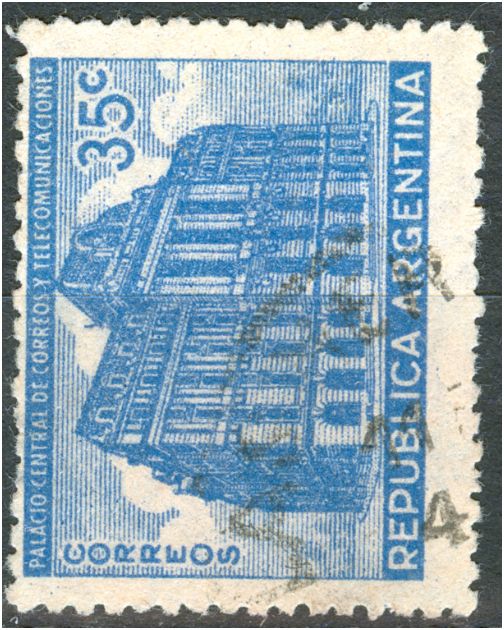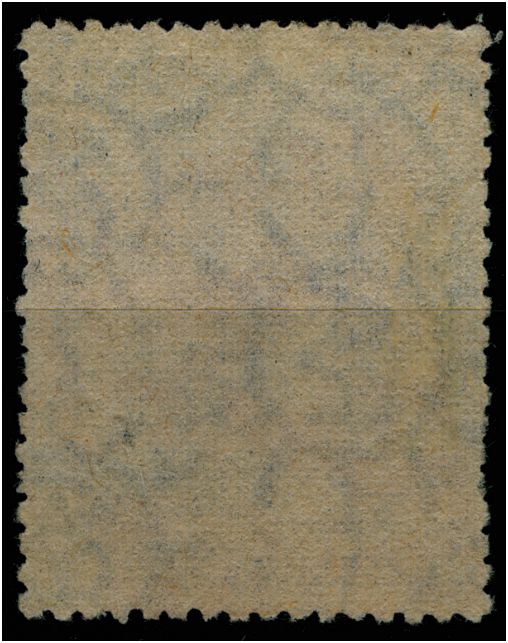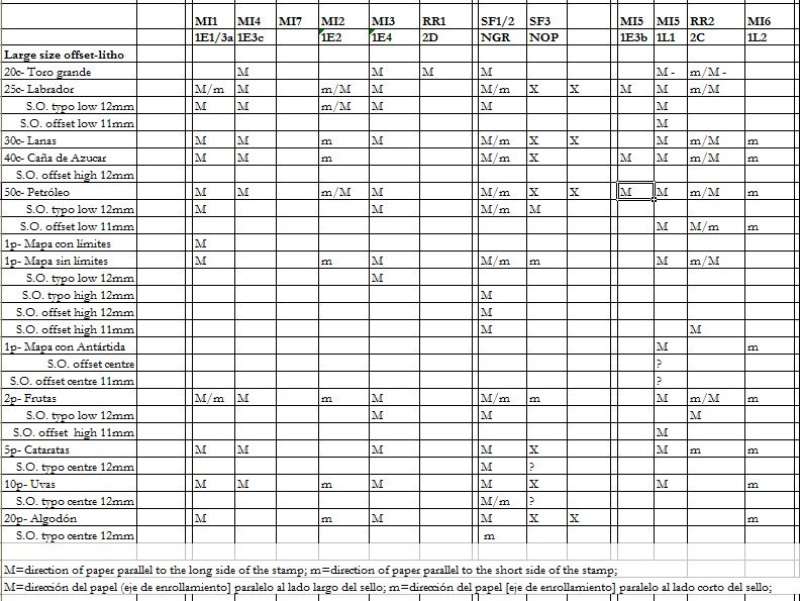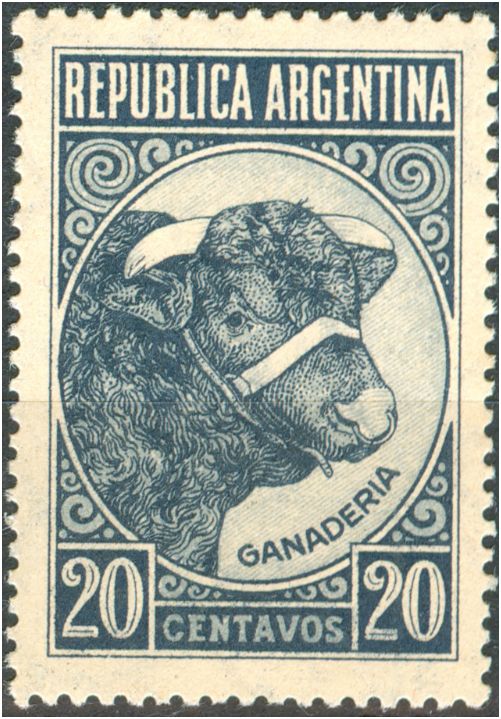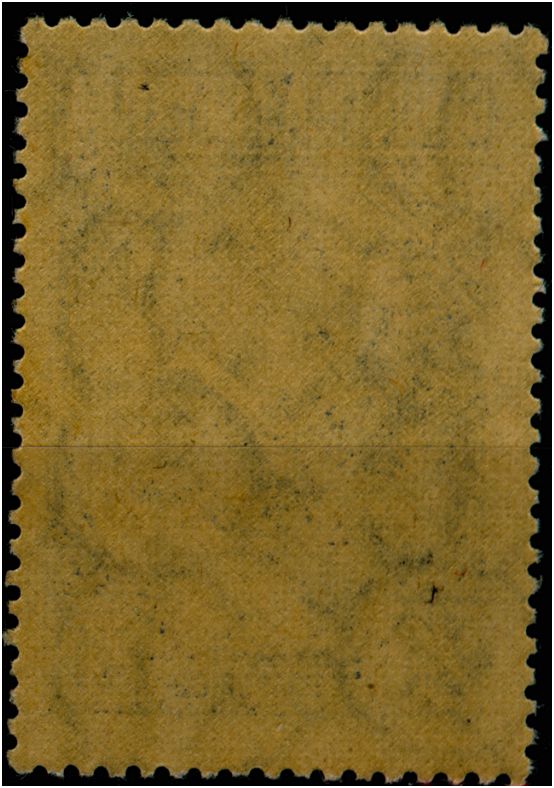1944 01.12 Reservists Day:
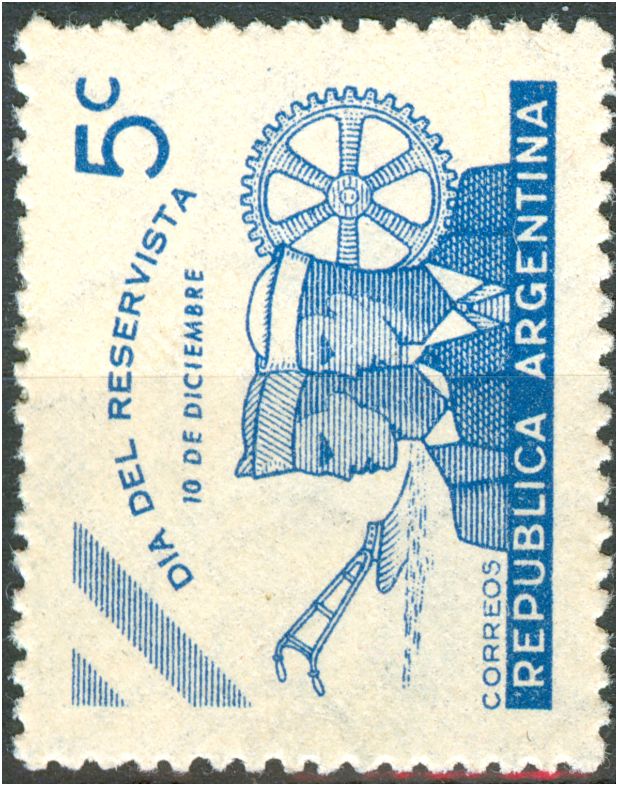
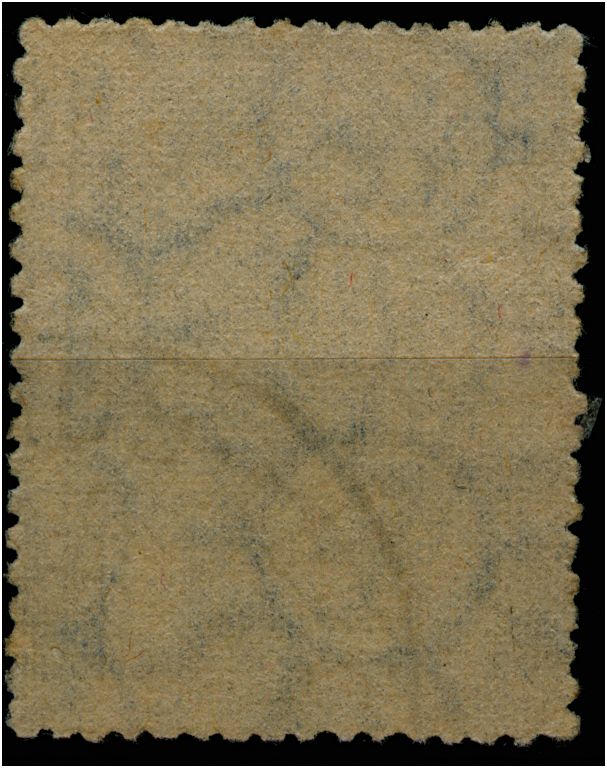
Moderador: Rein




The two types of the Tela "marcada" and 'traslúcida" may be a farther step in specialization but I haven't met them so far. The (4) refers to the 25c Labrador and the 40c Azucar.1.4. Tela
Este papel, de procedencia inglesa, se caracteriza porque presenta un entramado similar al de una tela (de ahí su nombre). En los sellos usados mirados del reverso, por lo general se observa claramente la trama. Como es frecuente confundir este papel con el Rayado Vertical que luego veremos, se recomienda mirar los sellos en la dirección perpendicular al renglón de RA (se ve una textura rayada, como si se tratara de surcos en la tierra), luego en la otra (se ven en la superficie del papel surcos 8 discontinuos pero marcados) y finalmente mirado en una posición diagonal, se ve el entrecruzado característico de la trama. En los sellos con goma, hay que trabajar con bencina aunque a veces alcanza con mirarlos al trasluz. Los soles varían entre redondos y levemente ovalados en dirección vertical con diámetros promedio de 9,7 x 10,2 mm.- y con letras RA que se unen por la base.- Debido a la existencia simultánea de dos tipos de rayado (perpendicular y paralelo al renglón de RA), el eje de enrollamiento no nos sirve para identificar este papel. Sellos representativos para estudiar este papel son los Nos. 416 y 418 del Catálogo.
Cabe aclarar que existen dos tipos, uno llamado tela marcada (grueso, opaco) utilizado entre los años 1941 y 1945 y otro llamado tela traslúcida (poroso), del año 1944. En algunos sellos aparecen ambos (No 376) y en otros solo uno (No 363). Los consignados en la tabla son en tela marcada y se individualizan con la llamada (4) cuando aparecen también en tela traslúcida)
GOOGLE:
1.4. Fabric
This paper is of English origin and it is characterized by a mesh similar to that of a cloth (hence its name). Looking at the stamps at the back, this usually becomes clear. As often this paper gets confused with the Vertical Striped as we shall see, it is recommended to watch the stamps in the direction perpendicular to the line of RA (striped texture looks as if it were gouges in the earth), then the other (seen in the paper surface but marked discontinuous grooves) and finally looked in a diagonal position, is the characteristic crisscross the mesh. In the gummed stamps, you have to work with benzene but sometimes is it enough to look at the light. The suns ranging from round and slightly oval in the vertical direction with average diameters of 9.7 x 10.2mm .- letters of RA join at the base .- Due to the simultaneous existence of two types of lines (perpendicular and parallel to the line of RA), the direction of paper does not help us to identify this paper. Stamps representative to study this paper are the Nos. 416 and 418 of the catalogue.
It should be noted that there are two types, one called marked fabric (thick, opaque) used between 1941 and 1945 and another called translucent (porous), 1944. Some stamps have both (not 376) and others only one (No 363). Those entered in the table are marked with the (4) when they also appear in translucent material)

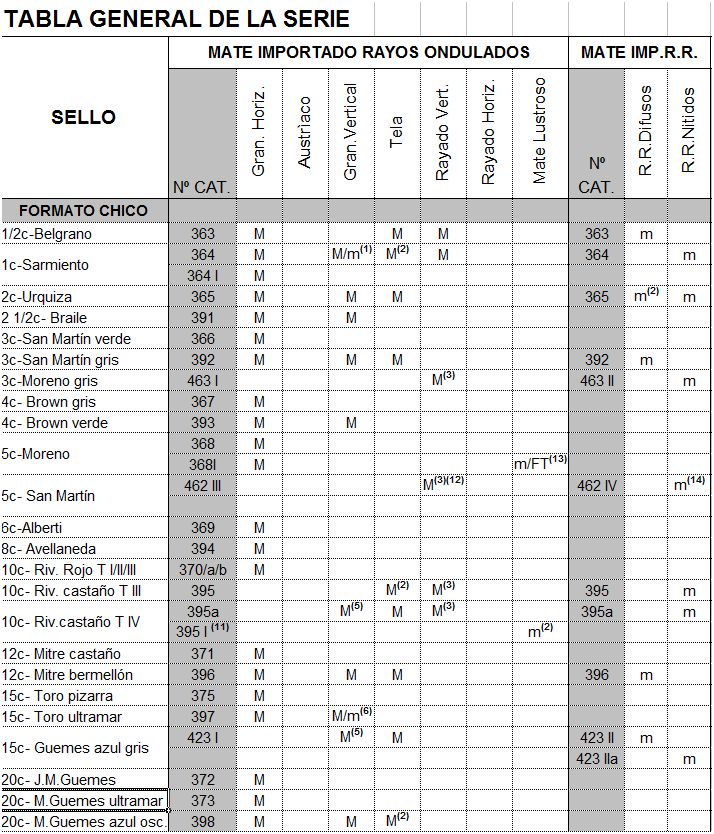

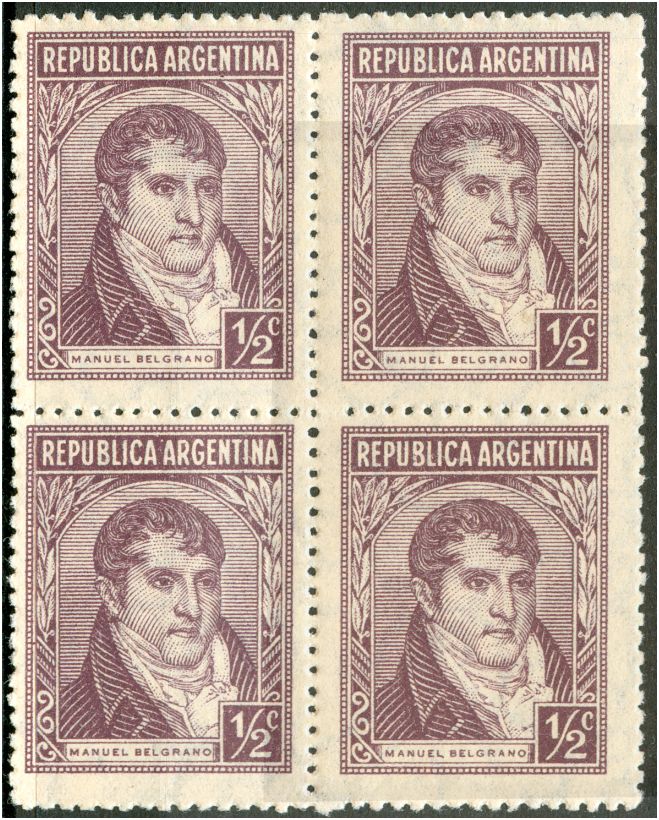
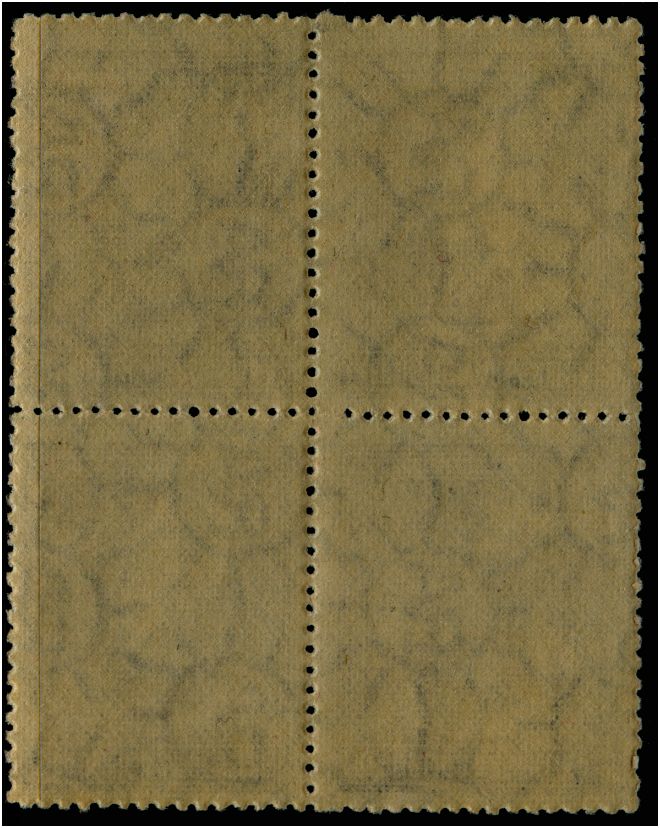


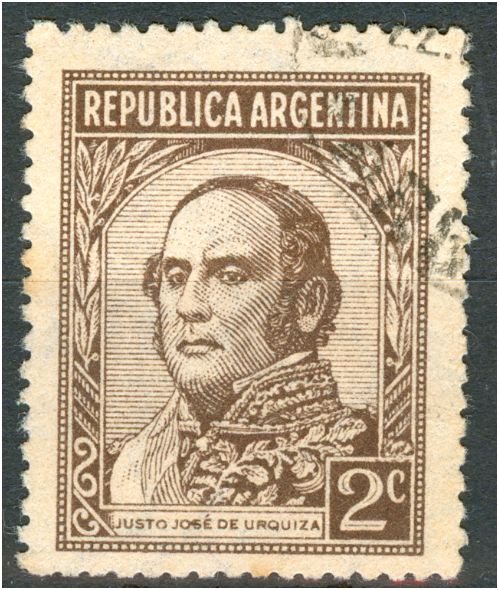
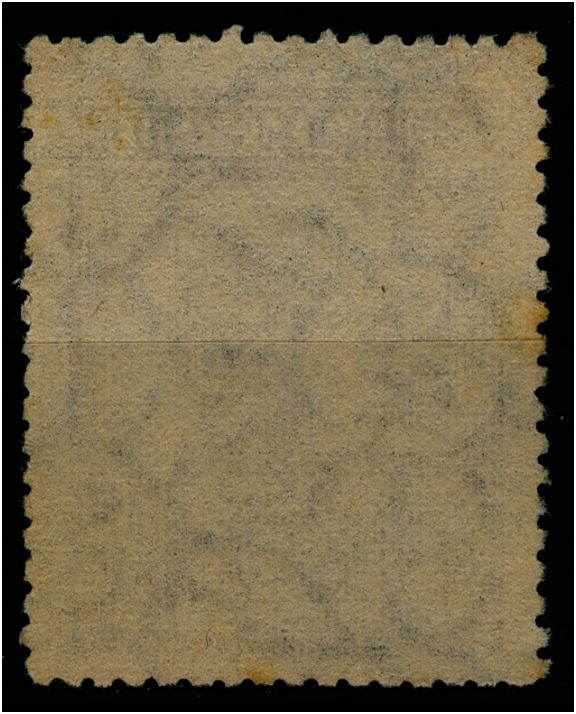
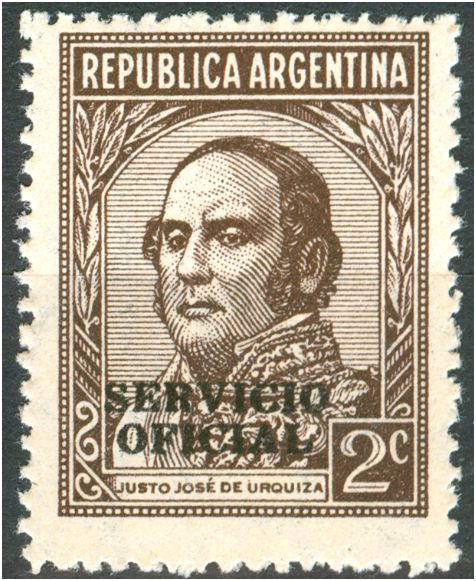
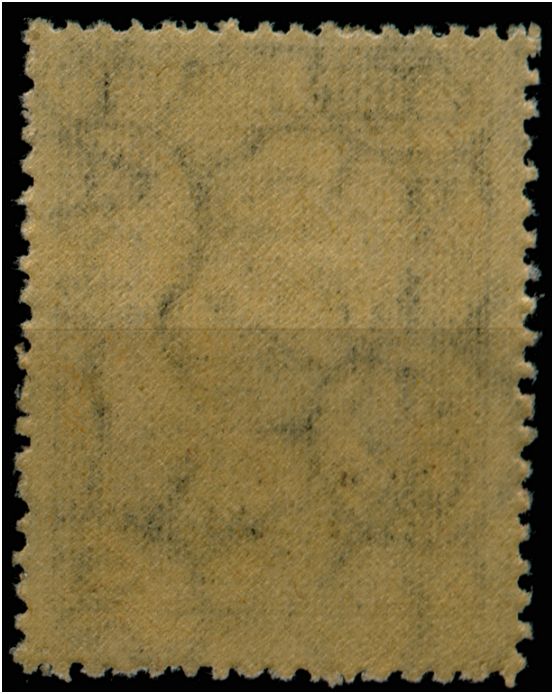

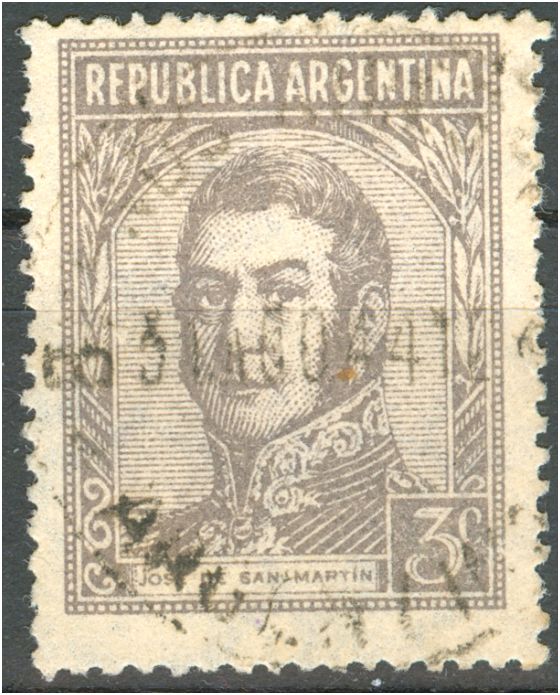
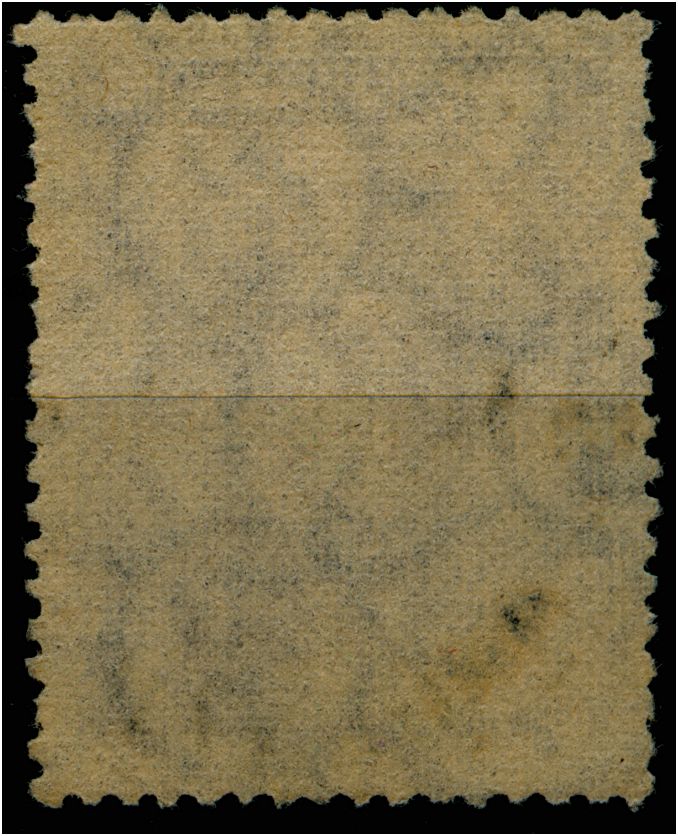
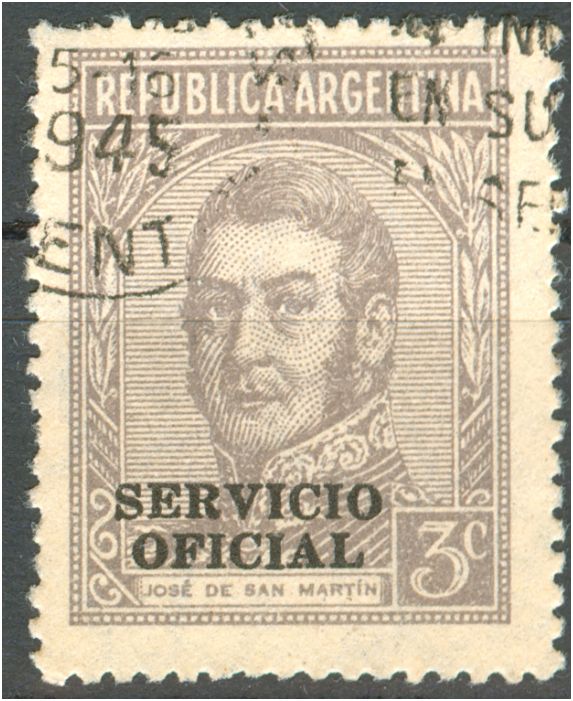
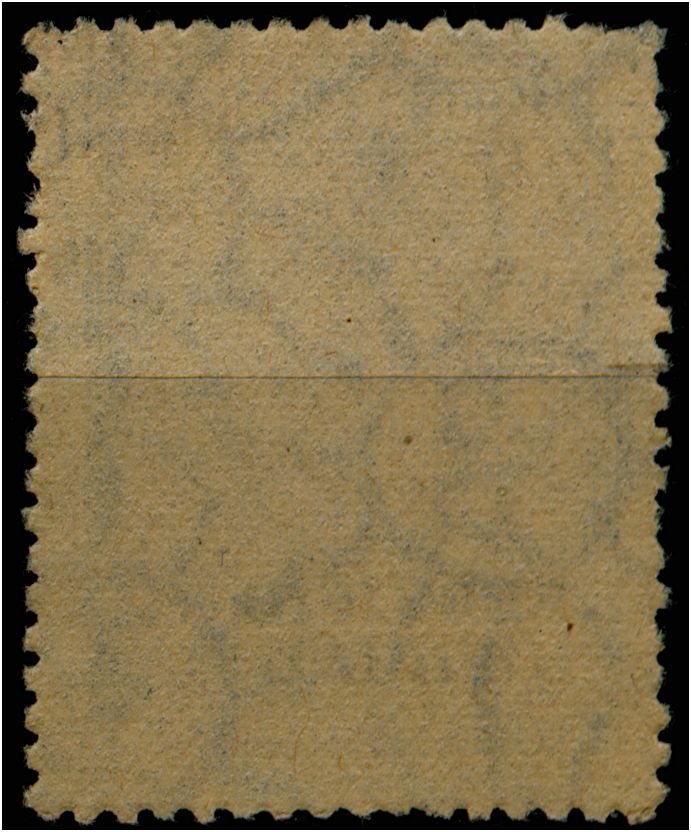

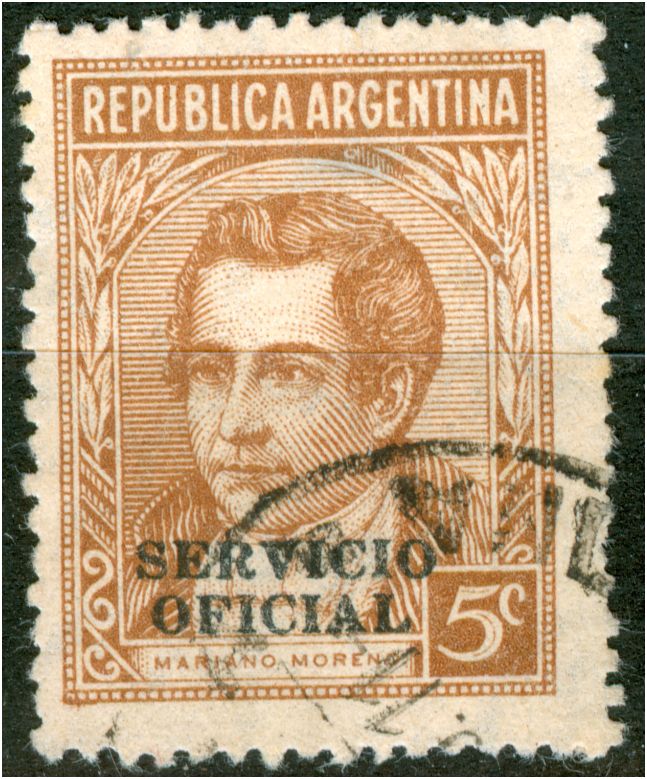
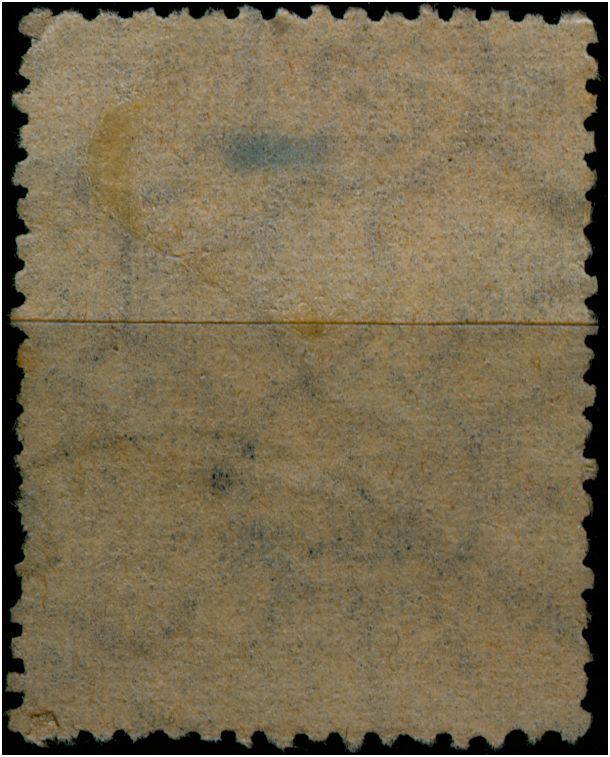

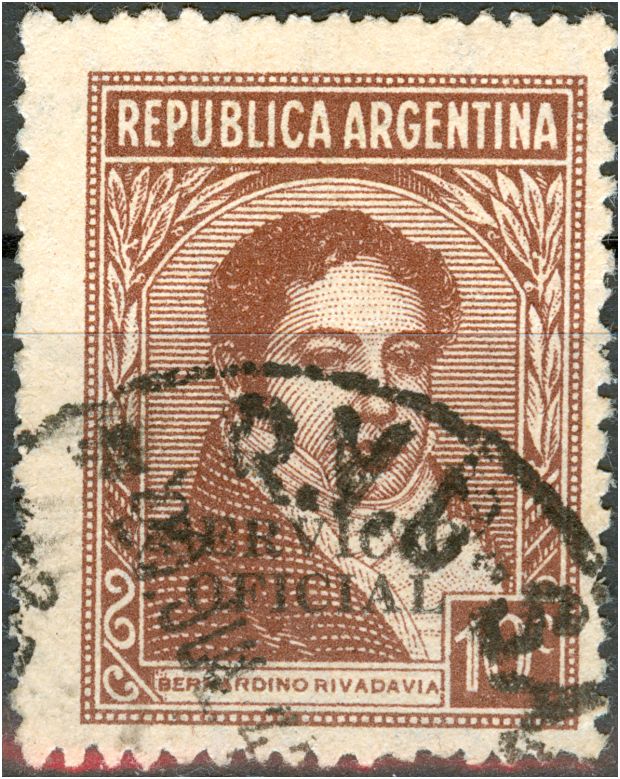
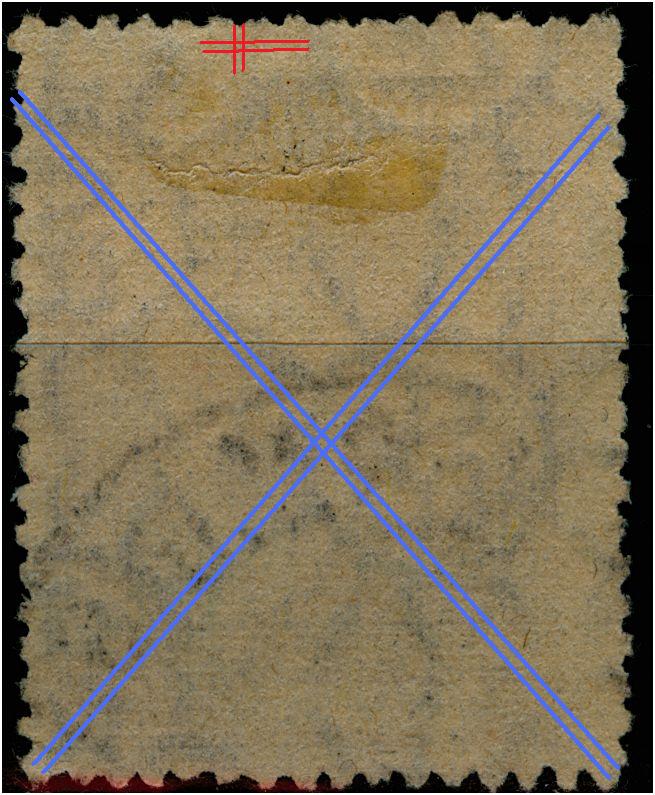
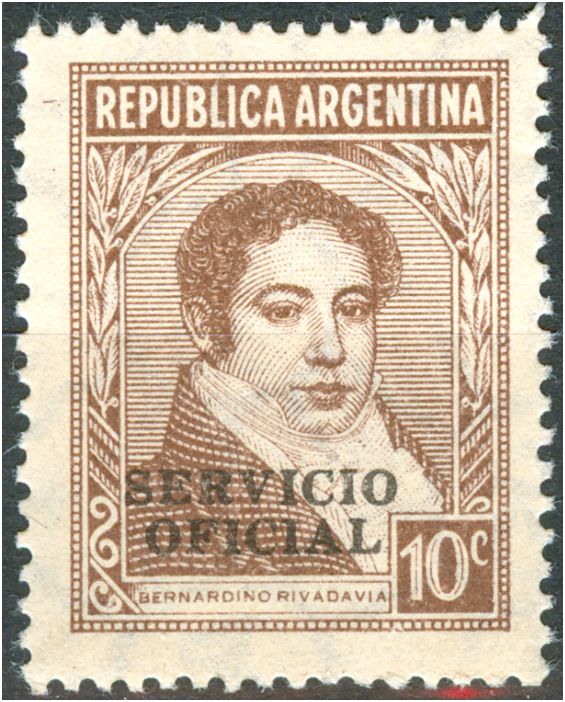
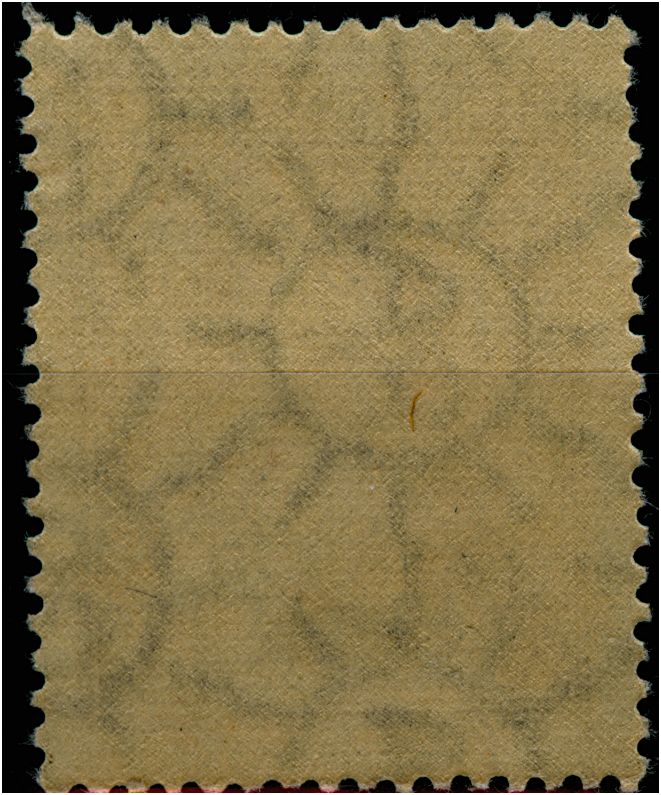

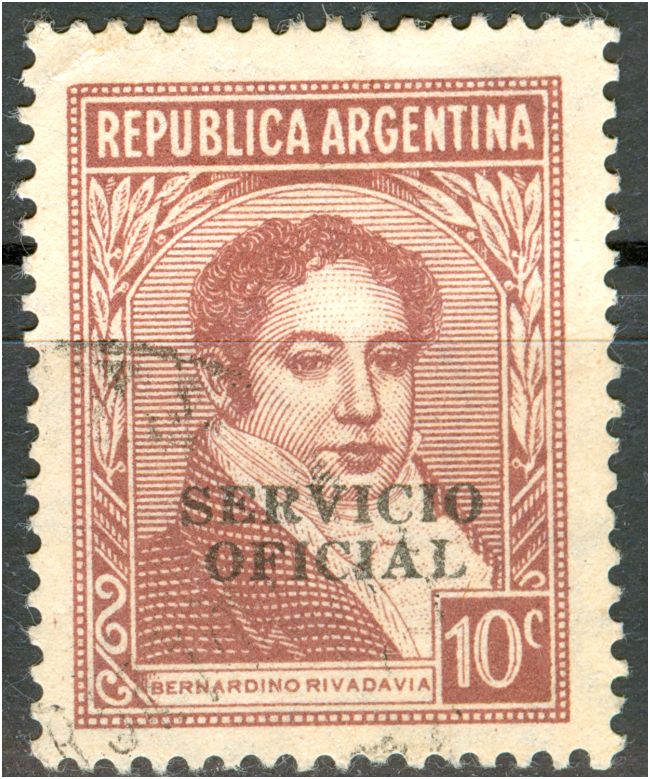
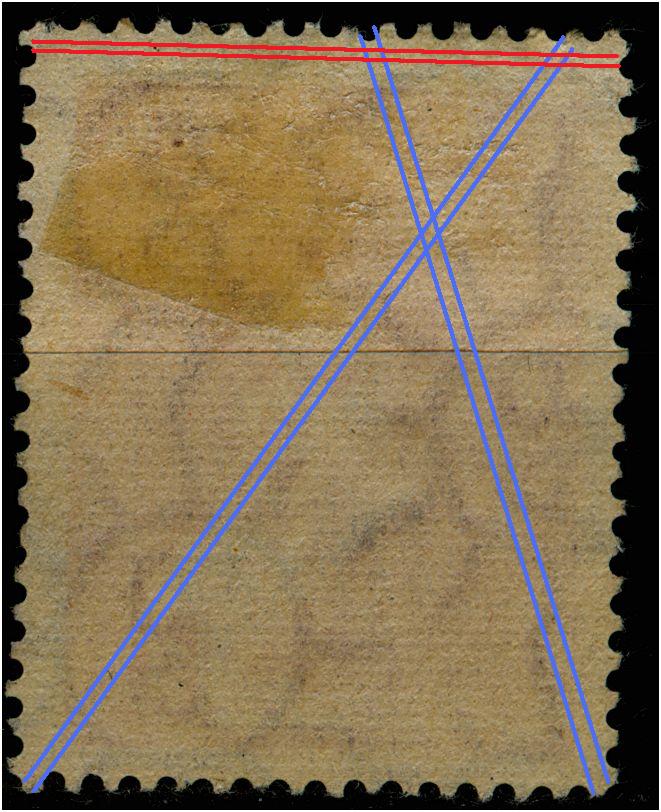

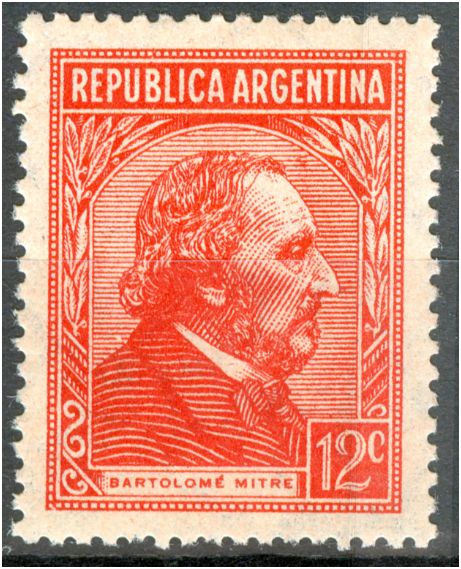
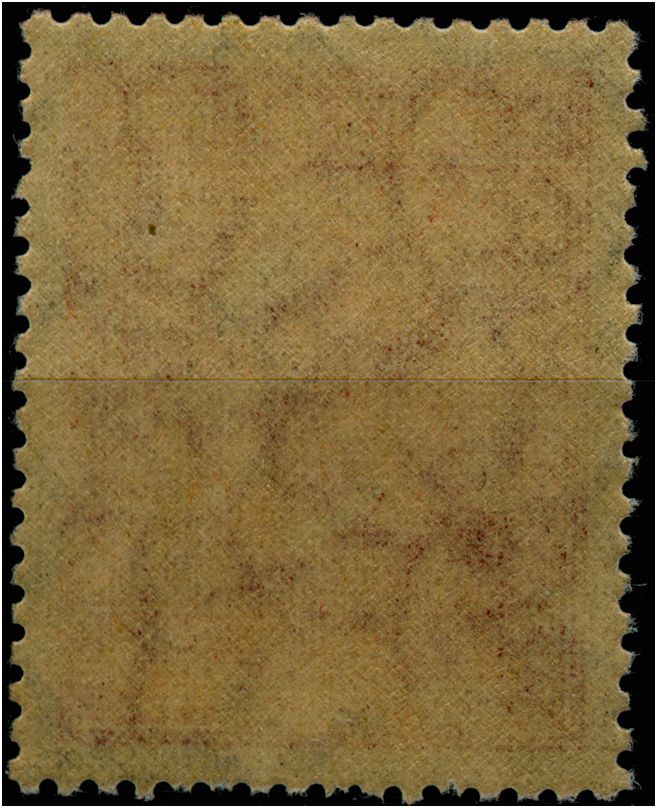


The diagonals appear to be steeper and asymmetrical!SIR GOMEZ » 12 Jul 2010 23:21 escribió:
Estimado, con quien le va la cosa me gustaria saber su opinión con respecto a este sello y su clasificación:
El mismo es un MI 4 - MATE IMPORTADO TELA, FILIGRANA RA paralela al Lado M Invertida, es decir Posición 2 pata Arriba, (posición 1 es la normal) que opinan le acerte o erre el camino jajaja. Esta es la nomenclatura según Bardi.
Que otra catalogación tiene este sello...???
Que otros datos me pueden pasar que no lo haya visto.
Saludos: Sir Gomez
Lana 50 c. Mate Importado TELA

